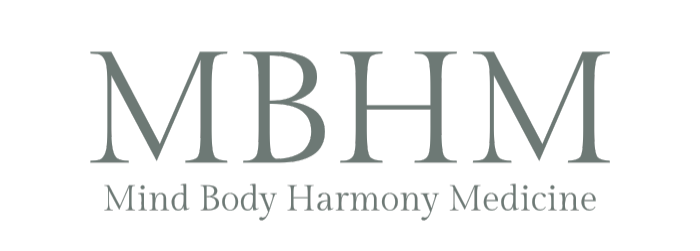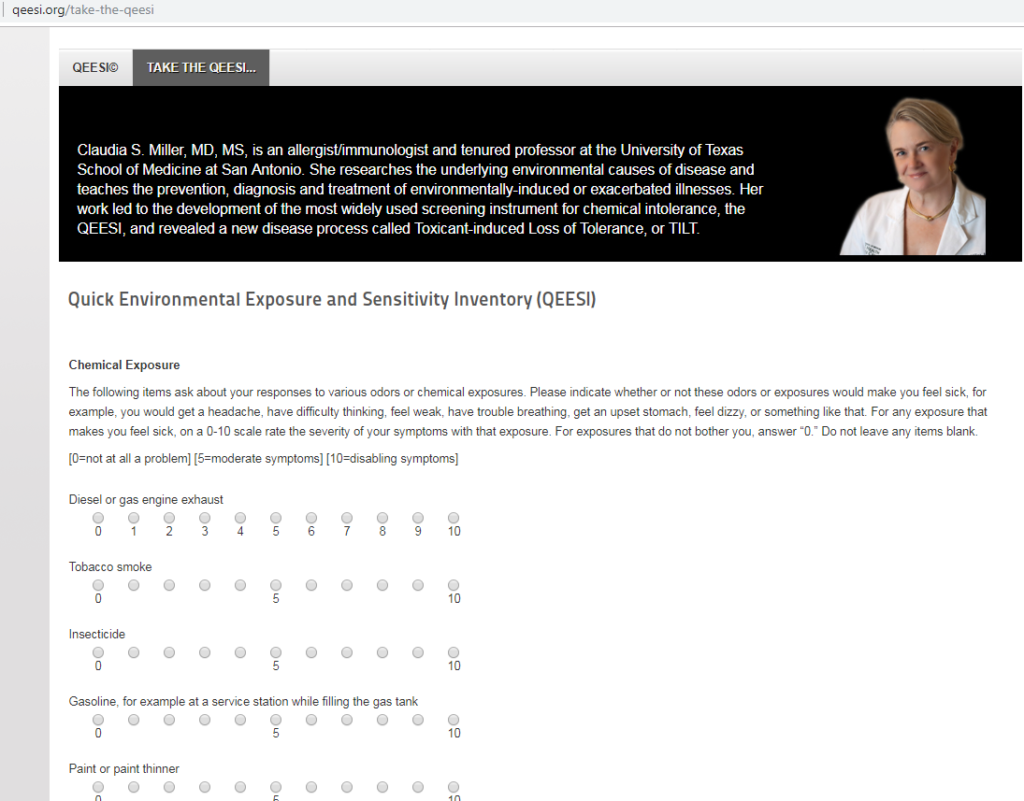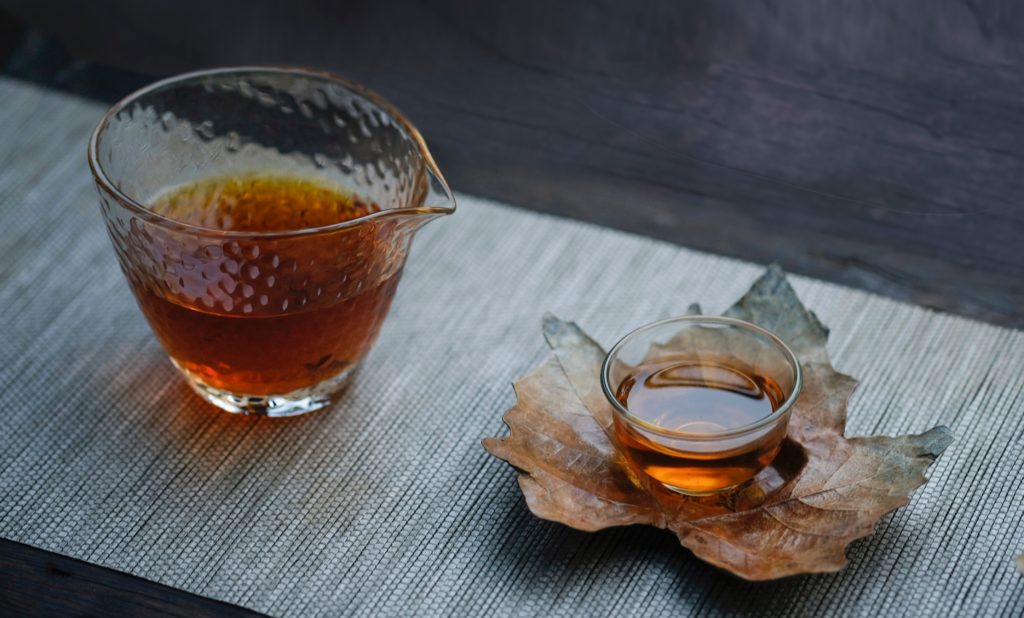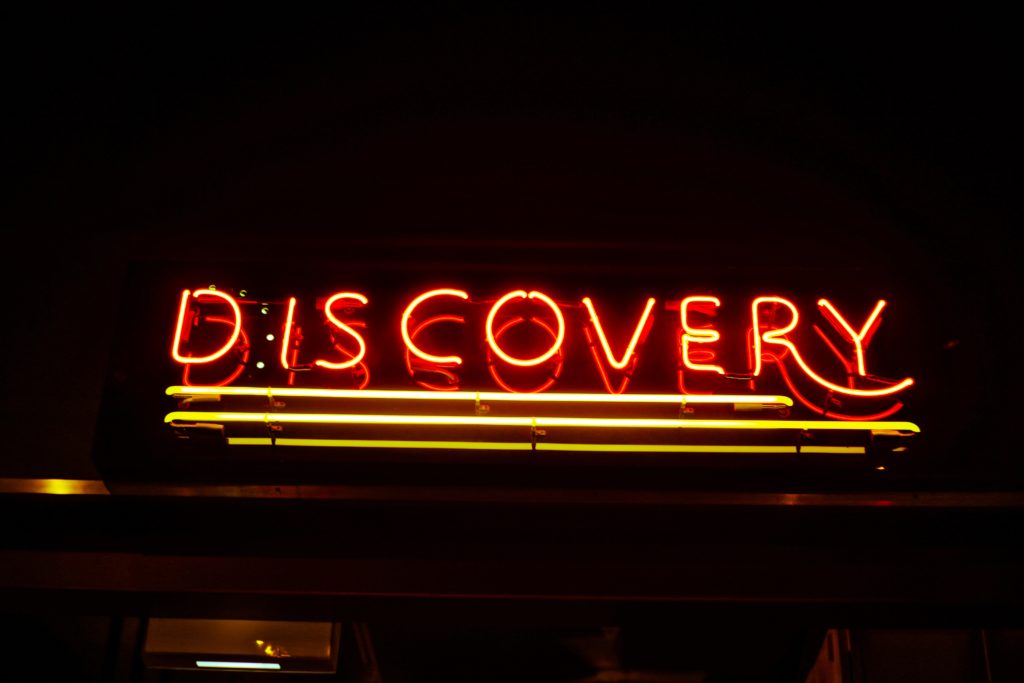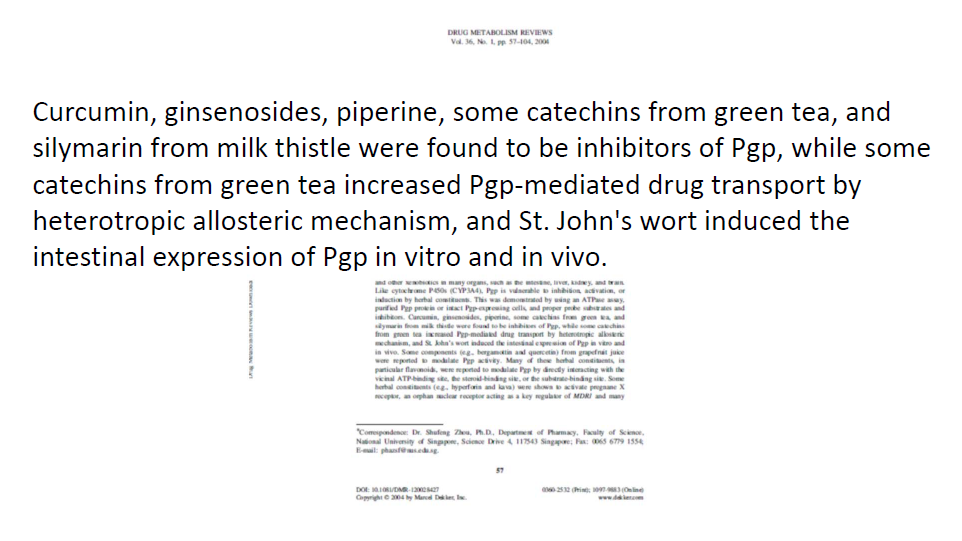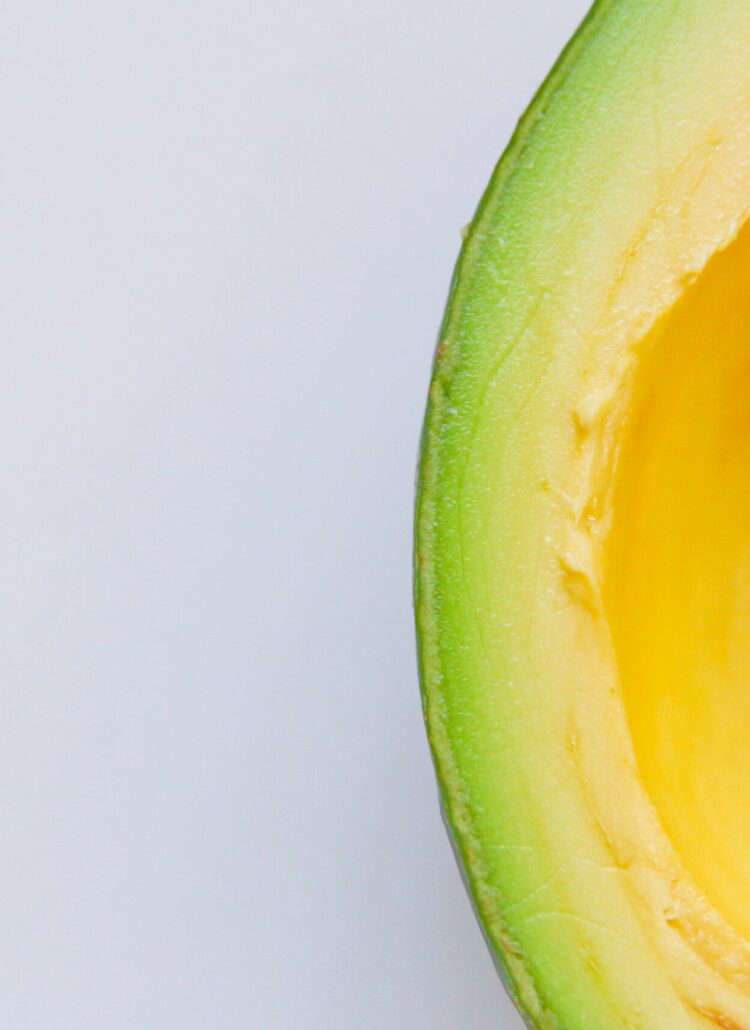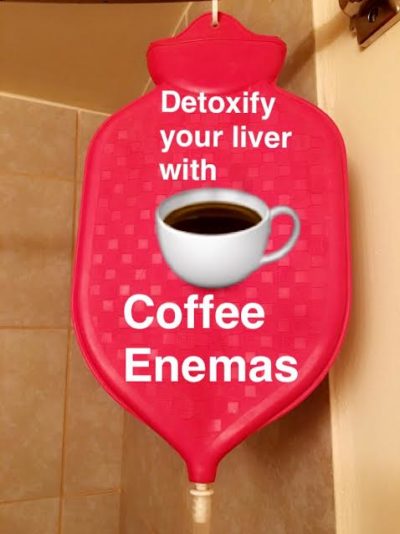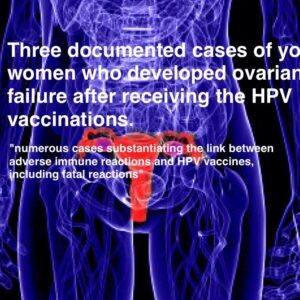What is a Fasting Mimicking Diet?
Fasting mimicking diet is a low carb – low protein (calorie deficit) diet that you do for 4-5 days out of the month (not a way of life and not meant to be eaten forever).
It’s not just ANY foods you consume. It has to be foods that are going to safely facilitate the removal of chemicals/xenobiotics/metals that are sequestered in your tissues.5
When Should Someone Want to a Fasting Mimicking Diet?
When used as part of a detoxification protocol, it has been proven in scientific literature to reverse irritable bowel disease, and intestinal inflammation, remove heavy xenobiotic exposure, reverse diabetes/impaired pancreatic beta cells, or hepatic steatosis.5
Fasting Mimicking Diet Vs Water Fasting
A 2019 study found that FMD’s were more beneficial in reducing intestinal inflammation, increasing stem cell number, stimulating protective gut microbiota, and reversing IBD-related intestinal pathology, whereas water-only fasting increased regenerative and reduced inflammatory markers without reversing pathology.3
What Would Fasting Mimicking Diet Look Like?
The Journal of Cancer Epidemiol Biomarkers Prev. found that a specific combination of veggies able to increase glutathione s transferase.
GST is a protein that enables xenobiotics to be removed from our body.4 The study found 4.5 cups of cruciferous veggies: (0.5 cups radish sprouts, 1 cup cauliflower, 2 cups broccoli, 1 cup cabbage).
And 3 TBSP fresh chives, 1.33 cups of leeks, 1 tsp garlic, 0.5 cups onion – to facilitate the removal of xenobiotics and drastically help the liver out with detoxing.4
Assess Your Toxin Load, you can’t manage what you don’t measure!
How Can I Make This Into A FMD?
Two 4-5 modified FMD’s per month consisting of the following are successful in assisting with detoxification4,6:
- 5 cups cruciferous/brassica veggies
- ½ onion, 3 cloves garlic, 1 leek
- 1-2 TBSP fat/oil
- Honey bush tea, Dandelion root tea, or rooibos tea (this has no caffeine)6
- 30 min exercise followed by 30 30-minute sauna (doesno’t matter the kind of sauna).
Supportive Supplements:
There are some choice supplements to take, and I will not list all or doses, but some noteworthy ones are: Activated charcoal and/or GI Detox. Even Modified Citrus Pectin.
Interestingly enough, St. John’s Wort was found to be helpful in the removal of xenobiotics.
St. John’s Wort stimulates this compound called P-glycoprotein (Pgp) that is responsible for systemic disposal of numerous structurally and pharmacologically unrelated drugs, carcinogens, toxins, and other xenobiotics in many organs, such as the intestine, liver, kidney, and brain. Like cytochrome P450s, Pgp is vulnerable to inhibition, activation by herbs.2
A New Phase of Liver Detox Discovered:
It is well known of Phase 1 and Phase 2 of liver detoxification. In 1992 “Phase 3” was discovered. Now, within the last 5 years it has been discovered that there is a “Phase 0.”1
Metabolism in the liver represents a coordinated sequence of enzymatic steps:
- extraction of compounds from the portal blood is followed by uptake into a liver cell (phase 0).
- oxygenation/activation of compounds (phase I);
- glucuronidation or sulfation, acetylation, methylation or conjugation to glutathione (phase II);
- secretion/excretion (phase III).1
Going back to what was said above about “Pgp” being responsible for disposal of numerous drugs, carcinogens, and xenobiotics in many organs, Pgp is a part of Phase III detox pathway.
In the Journal of Drug Metabolism, it was observed that curcumin in supplement form, black pepper, and SOME green tea catechins, milk thistle inhibited Pgp.2
Are Curcumin, Milk Thistle and Green Tea Extracts Beneficial for Detox?
This was a hard pill to swallow, most of the liver detox formulas on the market contain green tea, milk thistle and curcumin.
One particular study in the Journal of Drug Metabolism found that black pepper, curcumin (in supplement form, not spice form) and milk thistle down-regulated different Phases of Liver Detox.
There are also several fruits and vegetables that down-regulate liver enzymes, but I’m not suggesting we don’t eat fruits and vegetables. That is absurd! I’m suggesting perhaps these mega doses of certain supplements should be looked at more carefully.
And at different points of peoples lives with different states of health or unhealthy, certain doses of things may be required.
Pluto was a planet when I was a kid, then it wasn’t a planet. Now it’s being reconsidered as a planet lol. Science is always changing.
The Journal of Nutrition Metabolism:
“Many foods appear to act as both inducers and inhibitors of CYP1 (Phase 1 Detox) enzymes, an effect which may be dose dependent or altered by the isolation of bioactive compounds derived from food.
Curcumin at 0.1% of the diet has been shown, in animals, to induce CYP1A1, yet a diet of 1% turmeric was inhibitory.
Black tea at 54 mL/d induced both CYP1A1 and 1A2, yet 20 mg/kg of theaflavins was inhibitory to CYP1A.
Soybean intake at 100 mg/kg upregulated CYP1A1 activity, yet at 1 g/kg black soybean extract and 200 mg daidzein twice daily, its effect was inhibitory.
Further research is needed to confirm different dose effects and impact in humans.” – (Hodges & Minich, 2015)
Side note: Upon searching for these articles, I found this one ^ and Dr. Minich is one of my amazing professors at the Uni where I’m acquiring my Master’s Degree in Functional Medicine. (I may or may not have fan girled out when I saw her name on this study).
More Articles on Metabolism & Health For You
- Is Meat The Cause of Your Body Odor? My Experience.
- PROVEN Alternative Ways To Eradicate H. Pylori
- Eating Avocado With Meat, Blunts The Inflammatory Effects of The Meat Consumption
- Tonsil Stones Can Be A Manifestation Of Dairy Sensitivity
- Dissolve Breast Cysts With Frankincense Oil
- Eating Avocado With Meat, Blunts The Inflammatory Effects of The Meat Consumption
References:
- Döring, B., & Petzinger, E. (2014). Phase 0 and phase III transport in various organs: Combined concept of phases in xenobiotic transport and metabolism. Drug Metabolism Reviews,46(3), 261-282. doi:10.3109/03602532.2014.882353
- Zhou, S., Lim, L., & Chowbay, B. (2004). Herbal Modulation of P‐Glycoprotein. Drug Metabolism Reviews,57-104. Retrieved from https://www.tandfonline.com/doi/abs/10.1081/DMR-120028427.
- Rangan, P., Choi, I., Wei, M., Navarrete, G., Guen, E., Brandhorst, S., . . . Longo, V. D. (2019). Fasting-Mimicking Diet Modulates Microbiota and Promotes Intestinal Regeneration to Reduce Inflammatory Bowel Disease Pathology. Cell Reports,26(10). doi:10.1016/j.celrep.2019.02.019
- Steinkellner, H., Hietsch, G., Sreerama, L., Haidinger, G., Gsur, A., Kundi, M., & Knasmüller, S. (2000). Induction of Glutathione-S-Transferases in Humans by Vegetable Diets. Dietary Anticarcinogens and Antimutagens,193-198. Retrieved from https://www.ncbi.nlm.nih.gov/pubmed/10952095.
- Wei, S., Han, R., Zhao, J., Wang, S., Huang, M., Wang, Y., & Chen, Y. (2018). Intermittent administration of a fasting-mimicking diet intervenes in diabetes progression, restores β cells and reconstructs gut microbiota in mice. Nutrition & Metabolism,15(1). Retrieved from https://www.ncbi.nlm.nih.gov/pmc/articles/PMC6245873/.
- Hodges, R. E., & Minich, D. M. (2015). Modulation of Metabolic Detoxification Pathways Using Foods and Food-Derived Components: A Scientific Review with Clinical Application. Journal of Nutrition and Metabolism,2015, 1-23. Retrieved from https://www.ncbi.nlm.nih.gov/pmc/articles/PMC4488002/.
